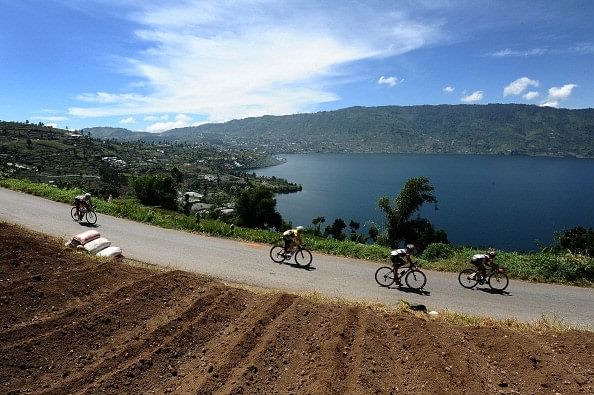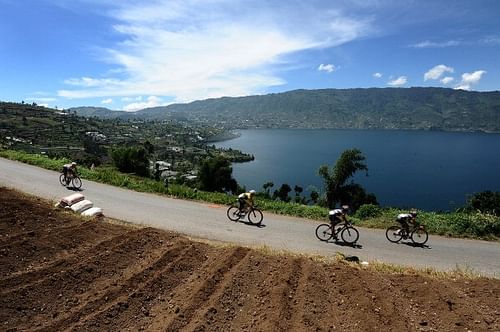
The Cycling World: What happens during off-season
Between his last race on December 27 1969 and his death in 1987, French cyclist Jacques Anquetil rode his bike a total of 3 times. Before this, he had a prolific career. Throughout his career, which included wins in 5 Tours, 2 Giros, a Vuelta and many other races, he felt he had ridden enough.
When professionals finish their season after having ridden upwards of 25,000km, many of them empathise with Jacques and want nothing more to do with the bike, if not for 17 years then at least for a few weeks. Indeed, after the final race of the season, some pros won’t touch their bike for a month.
This period of rest before Tour de France 2016 is important for cycling professionals both mentally and physically.
It is obvious that after riding 6 hours a day for most days of the year, a body needs some rest. But it is equally true that to maintain motivation to train and race, the mind needs a break too. Indeed, there is no quicker way to burn out than doing the same thing, whatever it may be, ad infinitum.
So, what do they do? Well, it turns out some of them run. Christian Knees, Jeremy Roy, Maxime Bouet, Wilco Kelderman and André Greipel all have runs logged on Strava. And if you’ve ever wanted to beat a pro at any sort of physical exploit, this is probably your best chance. Unless you line up against Greipel who has apparently run 10km in 26:18, only one second slower than the world record of Ethiopia’s Kenenisa Bekele!*
No doubt this is in fact the old choosing-running-instead-of-cycling on the Strava app.
This extract from professional cyclist Tyler Hamilton’s ‘The Secret Race’ gives us some indication as to why many pros do what most of us do during the festive season - eat.
“In mid-June, I started to get the signs. The first was when my arms got so skinny that my jersey sleeves started to flap in the breeze; I’d feel them vibrating against my triceps. The next sign was when it began to hurt when I sat on our wooden dining-table chairs. I had zero fat on my ass; my bones dug into the wood and they ached; I had to sit on a towel to be comfortable. Another sign: my skin got thin and transparent-looking; Haven said she could start to see the outline of my internal organs. The final sign was when friends would start to tell me how shitty I looked—that I was just skin and bones. To my ears it sounded like a compliment. I knew I was getting close.”
That said, while the off season is an opportunity to enjoy some of the finer things in life, each extra gram put on at this point in the year equates to more work at the beginning of the season, and possibly invites disapproving looks and remarks from team managers.
Jan Ullrich was infamous for beginning his seasons well behind the eight ball due to his expanded waistline (his race weight was just over 70kg but he often started the year a good 10kg heavier). And while pros can completely forget about the bike if they want to, they won’t have a chance to forget about their profession thanks to the Whereabouts program.
As part of the program, athletes are required to confirm their exact location for one hour a day between 5am and 11pm, 7 days a week, 365 days a year.
Chris Froome missed a test in early 2015 while holidaying at an exclusive hotel in Italy. While he had updated his whereabouts, over-zealous hotel staff didn’t allow testers to disturb Froome when they arrived at 7am.
Two more misses in a 12-month period would see Froome banned for up to two years.
Besides all this, there’s a lot more pros will do. Some will ride their mountain or ‘cross bikes, some will ski, some will spend time with family. Generally, they’ll be looking to relax and clear their minds while still maintaining an acceptable level of fitness.
